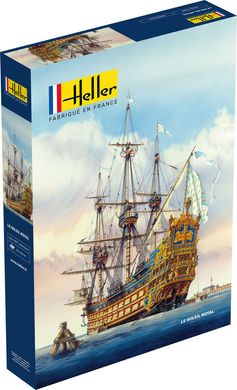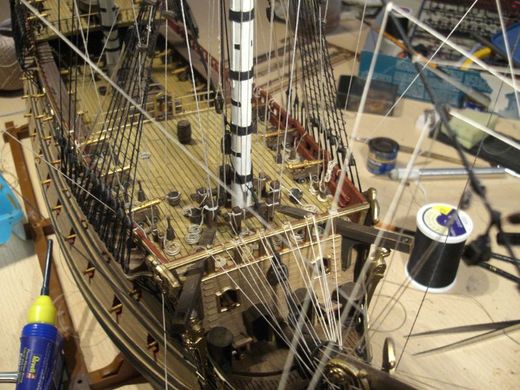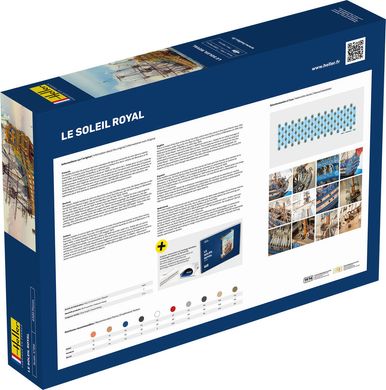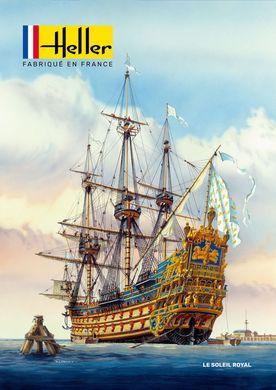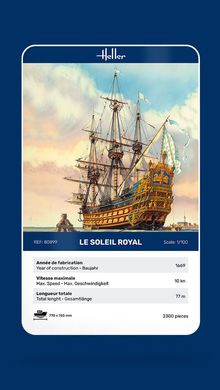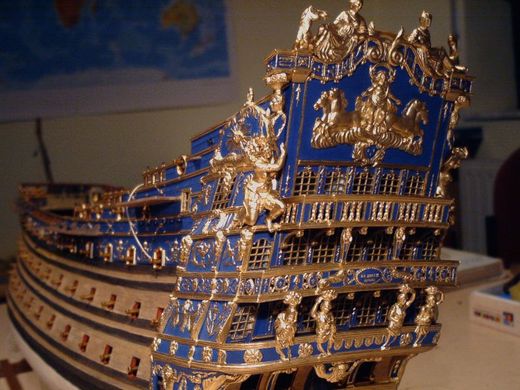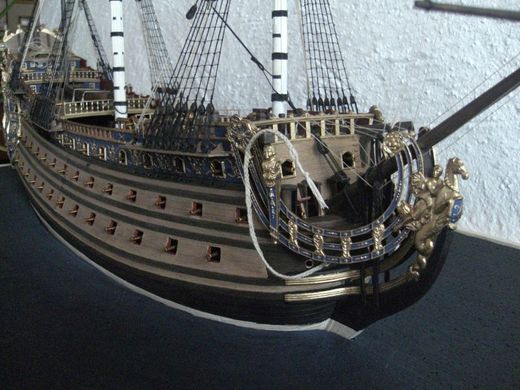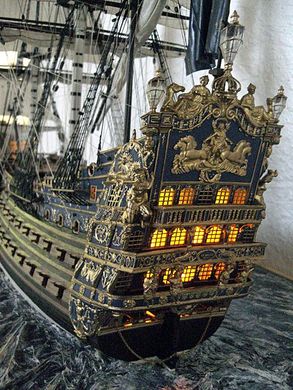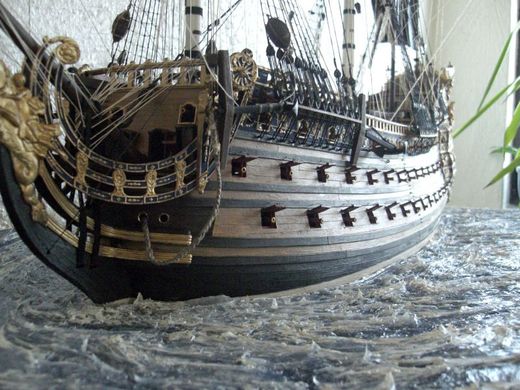Soley Royal (ship of the line, 1749, French Soleil-Royal) - the third ship of the French fleet, named after the "Sun King". Built by the state arsenal in Brest. Launched on June 30, 1749. Like most French ships of the line, it exceeded similar English ones in terms of size and salvo weight. On November 21, 1759, it was the flagship of Marshal de Conflan at Quiberon. He ran aground and was burned by the team to avoid capture.
Soleil Royal ("Royal Sun" in French) was a French liner of the late 17th century. The installation was launched in 1670 and probably entered service a year later. The ship was built at a shipyard in the city of Brest in France. The vessel was 61 m long and 15.64 m wide. Its displacement was about 1,650 tons. The ship was armed with 104 onboard guns, and its crew numbered almost 890 people.
< br>
Your the name Soleil Royal came from the nickname of Louis XIV, who ruled at that time in France, who was called the "Sun King". Engineer Laurent Hubak was responsible for the construction of the unit. The sailboat was generally well constructed, had high seaworthiness, was also very maneuverable and well armed. It is also known for its rich decoration in the stern. Undoubtedly, it was one of the most beautiful parts of the end of the 17th century, and most importantly, it had a very high combat potential. Solei Royal served in the so-called The Atlantic squadron as the flagship of the famous Admiral Tourville. The ship took part in the victorious Battle of Beach Head in 1690, and also showed considerable potential in the Battle of La Gazza (another historical name: the Battle of Barfleur) in 1692. However, he was badly damaged in it and had to enter the port of Cherbourg, deprived at the time, where he was sunk by the British fleet in early June 1692. Of the entire crew, which numbered almost 890 people, probably only one person survived.
< span style="background-color: #ffffff;font-weight: bold;">glue and paints are not included in the set















